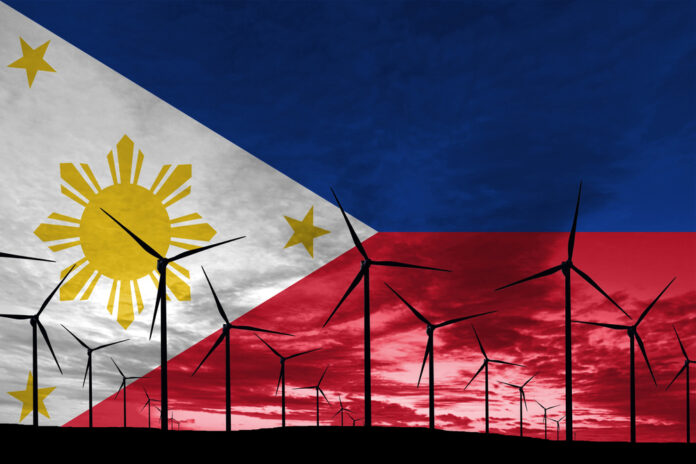The European Chamber of Commerce of the Philippines has urged government to consider changes in future Green Energy Auction (GEA) policies to help boost the country’s renewable energy goals.
“We should look into the setting of the Green Energy Auction Reserve (GEAR) prices for each renewable energy (RE) technology that may expose potential bidders to risk of financial loss, including comparative price levels at Wholesale Electricity Spot Market (WESM) and other retail markets. Also, developers should be given a practical timeframe to sufficiently prepare for the bids,” said Jose Layug, Jr., co-chairman of ECCP’s Renewable Energy and Energy Efficiency Committee, in a statement.
Under GEA, renewable energy producers compete in offering fixed but incentivized power rates that are lower than or equal to the GEAR prices set by the ERC.
Layug also recalled the experience bidders went through when the government introduced the feed-in-tariff incentives for RE projects: “Price is ultimately the most significant factor in endeavors like this, so it should be set at a level that is most optimal to all stakeholders.”
Despite the low turnout of bids under the second iteration of the GEA this year, Layug said the Department of Energy and Energy Regulatory Commission performed laudably in pushing for RE investments but “the private sector hopes to continue to collaborate with the government to ensure maximum utilization of renewable energy resources.”
The week before, Energy Secretary Raphael Lotilla vowed to hold focus group discussions with private sector anew to regenerate interest in the GEA.
The DOE acknowledged that while the private sector initially did not object to its terms, interest dwindled after the announcement of GEAR prices and bond requirements set by the ERC.
Only 30.9 percent or 3,580.76 megawatts (MW) of RE capacity of the 11,600 MW for sale at auction under GEA-2 received bids from developers earlier this month.
These are green energy resources hopefully installed by next year under the current program.







